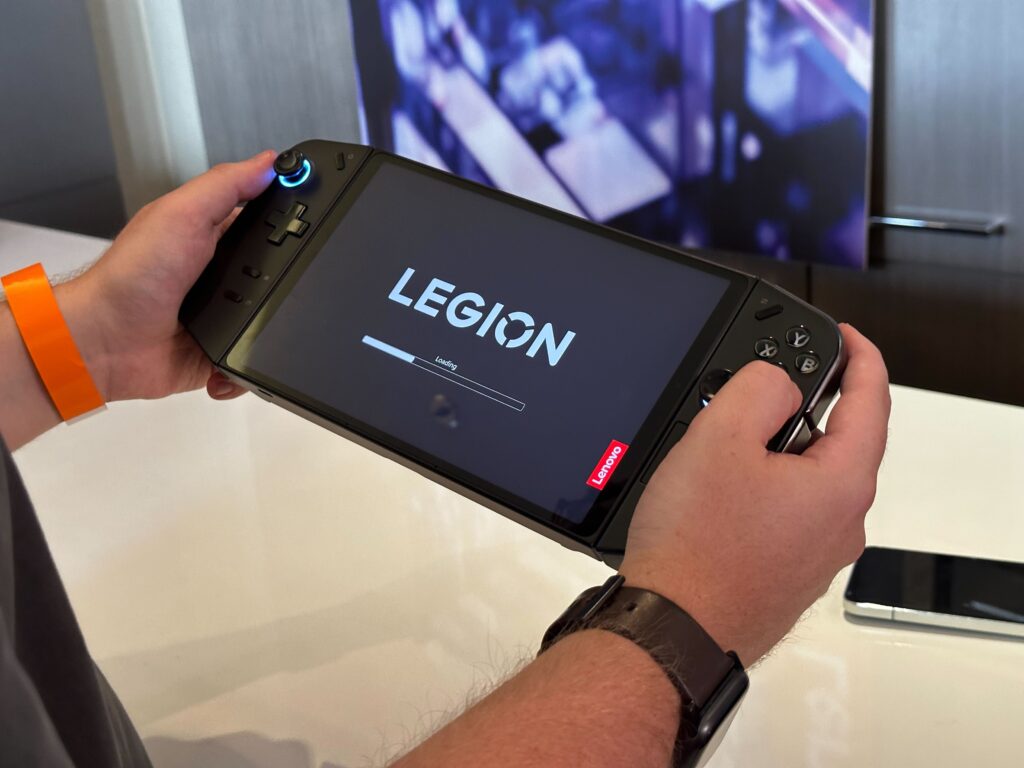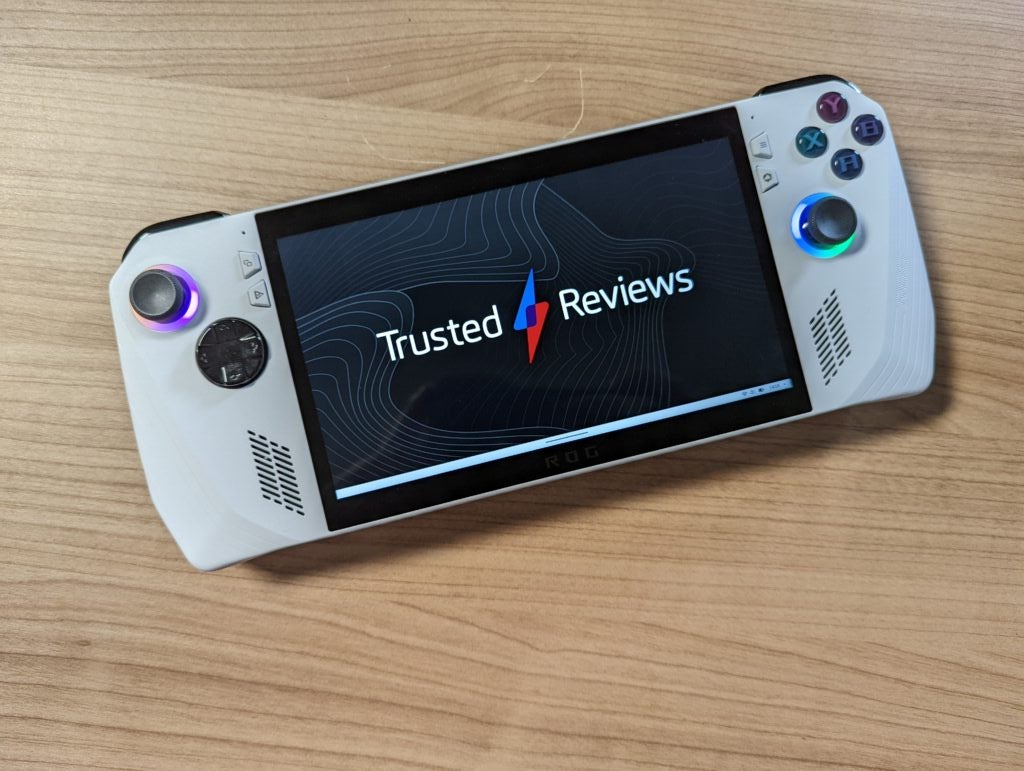Interest in handheld gaming consoles has erupted over the last couple of years thanks to the Steam Deck’s exciting release back in 2022.
The handheld market is booming, with multiple consoles coming to light this year. Not only do we have the Lenovo Legion Go to look forward to, but the PlayStation Portal console will also be available to buy sometime in October.
The Lenovo Legion Go handheld console is expected to be available starting from November 2023 and has a £699/$699/€799 starting price. The Asus ROG Ally is already available for purchase, with the same starting price of £699/$699.
With all these new devices cropping up, we wanted to look closer at the soon-to-be-released Lenovo Legion Go and see how it compares to the Asus ROG Ally. Keep reading to find out all the key differences – and similarities – between these two handhelds so you can pick out the one that suits you best.
Lenovo Legion Go has detachable controllers
The most obvious difference between the two handheld systems is that Lenovo has detachable controllers, along with a kickstand on the rear. This allows you to prop up the Legion Go on a table, and still hold the controllers in your hand.
This increases the versatility of Lenovo’s new device, allowing you to use it like a Nintendo Switch. We imagine this would also allow you to hook the Legino Go up to a TV, while sitting on your sofa with the detachable controllers in hand.
Meanwhile, the Asus ROG Ally has its controllers fixed into the portable, and so are not removable. This limits the number of ways you can use the gaming handheld compared to the Legion Go.

Lenovo Legion Go has a larger screen
The Lenovo Legion Go comes with an impressive 8.8-inch display with a Quad HD+ (2560×1600) resolution and 144Hz refresh rate. It has a quoted brightness of 500 nits as well as 10-point touchscreen capabilities.
We didn’t get the chance to truly push the limits of the Legion Go, but the QHD+ panel was noticeably more vibrant and detailed than a Full HD display. Colours looked appropriately accurate and rich and the size didn’t feel overly imposing during our playtime.
In comparison, the Asus ROG Ally comes with a less alluring setup on paper. It comes with a 7-inch FHD (1920×1080) display alongside a 120Hz refresh rate with a quoted brightness of 500 nits. The smaller screen, lower resolution and lower refresh rate mean that the ROG Ally may be less immersive compared to the Legion Go.
We did find that darker imagery wasn’t displayed very well in some instances, with our reviewer needing to squint to see any detail in some sections of Horizon Zero Dawn. Returnal had the same issue, suggesting that the Legion Go may be the best option for those after the most engaging visual experience.

More storage on the Legion Go
In terms of configurations, the Legion Go can be found with 16GB LPDDR5X RAM with 256GB, 512GB or 1TB of PCIe 4.0 storage, with the option to expand up to 2TB. Interestingly, in the UK only one model will be sold, with its specs hitting 16GB RAM and 512GB SSD.
Asus decided to kit out the ROG Ally with 16GB LPDDR5 RAM alongside 512GB PCIe 4.0 storage. Depending on your region, you may be able to take advantage of the high storage on the Legion Go, however, 512GB should still be reasonable enough for most gamers for at least a few months.
Both come with the same Ryzen Z1 Extreme processor
Both of these handheld PCs come packed with the same processor, the AMD Ryzen Z1 Extreme, as well as AMD RNDA 3 Graphics. It’s worth noting that the Legion Go comes with “up to” the Ryzen Z1 Extreme processor, meaning that less powerful variations should be available when it launches.
This chipset makes both of these consoles more powerful than the Steam Deck. In our tests, we found that the ROG Ally was able to hit 46fps in Horizon Zero Dawn at 720p with Turbo Mode activated, hitting 85fps in Dirt Rally with the same settings enabled. Turning on Turbo Mode and tinkering with the graphical settings can provide huge performance boosts to the ROG Ally, making it a great choice for triple-A gamers.
We can’t say how the Legion Go will compare until we get the chance to test it out in full, but we can expect it to score similarly thanks to their matching internals.

Smaller battery on the ROG Ally
The battery life of a handheld console is very important, as you want to make sure that it has enough power to play your favourite games on the go, but enough endurance that it can handle a multiple-hour play session.
The ROG Ally comes with a 40WHr battery, while Lenovo opted to pack the Legion Go with a 49.2WHr battery. Unfortunately, we found that the ROG Ally could only last around 90 minutes with AAA games. Horizon Zero Dawn in Performance Mode lasted for one hour and 30 minutes before needing to be recharged, putting it at a similar endurance to the Steam Deck.
Since the Legion Go does come with a larger battery cell, we can hope that it will last a little longer during intensive play sessions. That said, the larger screen and higher resolution may make the portable less power efficient, so it’s difficult to know which device has the best battery life at this early stage.









